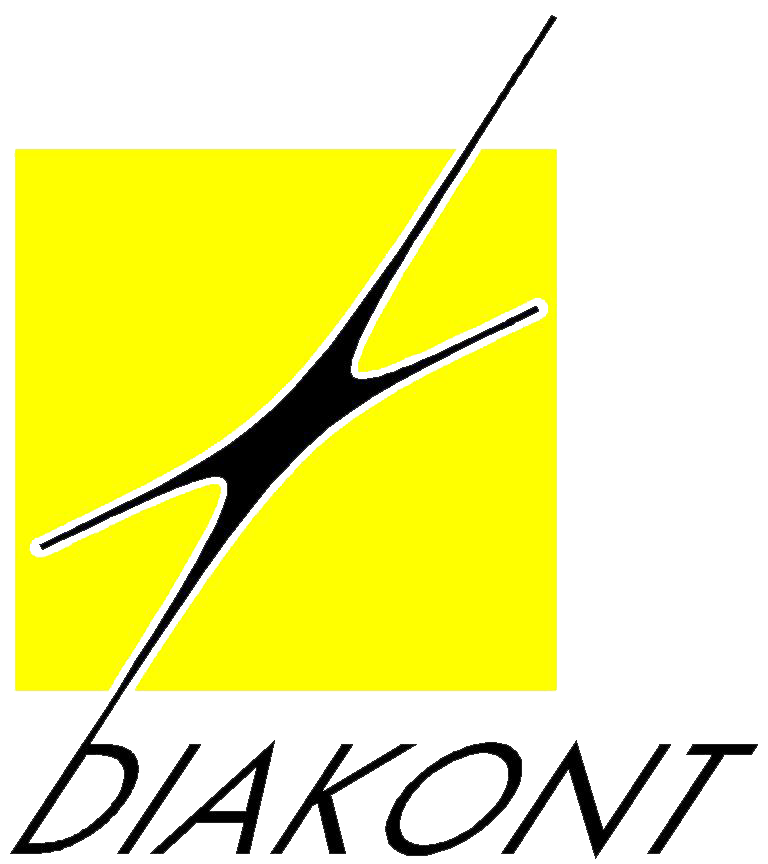Nuclear Reactors 703 - Diakont Provices Robots That Can Clean Cavities And Surfaces Underwater At Nuclear Power Plants
Working around a nuclear power plant is dangerous because of the high levels of harmful radiation. This makes it difficult for some maintenance work to be done. Nuclear power plants operators are increasingly turning to robots to carry out some dangerous tasks.
Diakont is a U.S. company which provides refueling services and tooling to the nuclear industry. In October of 2016, they launched underwater cleaning and decontamination services for light water reactor refueling and other cavities. Diakont says that nuclear power plant operators have previously conducted cleaning and decontamination activities manually. Water has to be drained from the space where the work takes place. This process is slow and can expose workers to excess radiation.
Diakont underwater robotic decontaminating services are carried out while the reactor refueling cavities are flooded. They say that this “present a vast improvement over manual decontamination because it reduces personnel dose exposure, reduces radwaste, does not impact plant chemistry, and does not risk inadvertently spreading contamination”. They also point out that their decontaminating system avoids the risk of component damage and personal injury that often result from hydrolasing. Hydrolasing employs a powerful stream of water issuing from a handheld device to decontaminate surfaces in nuclear reactors. In many cases, the Diakont system reduces the critical path outage duration by a few hours.
The main functional component of the Diakont cleaning tool is a hybrid crawler-remotely operated vehicle (ROV). This ROV is operated by a small team of technicians from Diakont employing a control station that is located on the perimeter of the refueling flow. One technician has to be at the side of the cavity. Diakont says that the tool “transitions seamlessly during operation between ROV ‘flying’ mode and cleaning ‘crawler’ mode, for maximal deployment flexibility and bridge-free operation”.
Diakont says that the operators of its tool do not need to make any adjustments during operating. Operations include transitioning between cleaning the cavity floor, walls and complex shapes such as drywell head. The cleaning tool attaches to and drives along the cavity and component surfaces employing a high-force, no-flow vortex generator. The tool provides efficient and effective cleaning using a rugged brushing action to detach the crud and then vacuuming it away at high flow rates to a submerged filter.
During 2019, Diakont robots operated at four nuclear power plants. The tasks executed included cleaning refueling cavities, dryer-separator pools and a suppression pool. Diakont claims that during refueling outages at the four plants, its decontamination services were “so effective that the post drain-down decon work for the plants was significantly less than in the past, thus reducing time on critical path and helping the utilities meet their radiation exposure goals”.
Jacco Goemans is the director of nuclear solutions for Diakont. He says "Diakont's remote underwater decontamination service helped the plant operators meet their INPO [Institute of Nuclear Power Operations] and industry collective radiation exposure goals. Diakont's new robotic tooling paves the way for plant operators to perform a safer, more efficient, and more effective method of reactor plant decontamination and cleaning.”
